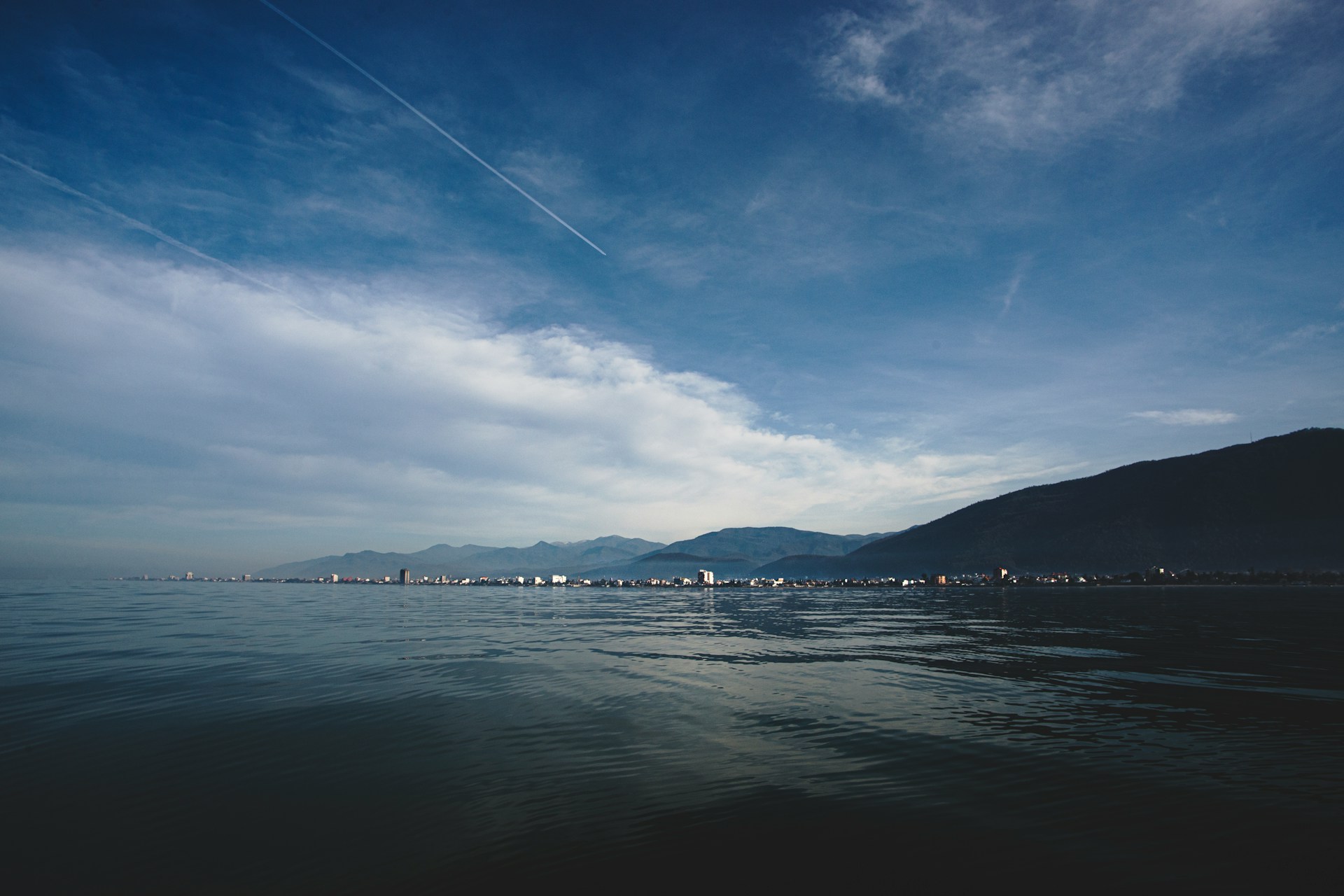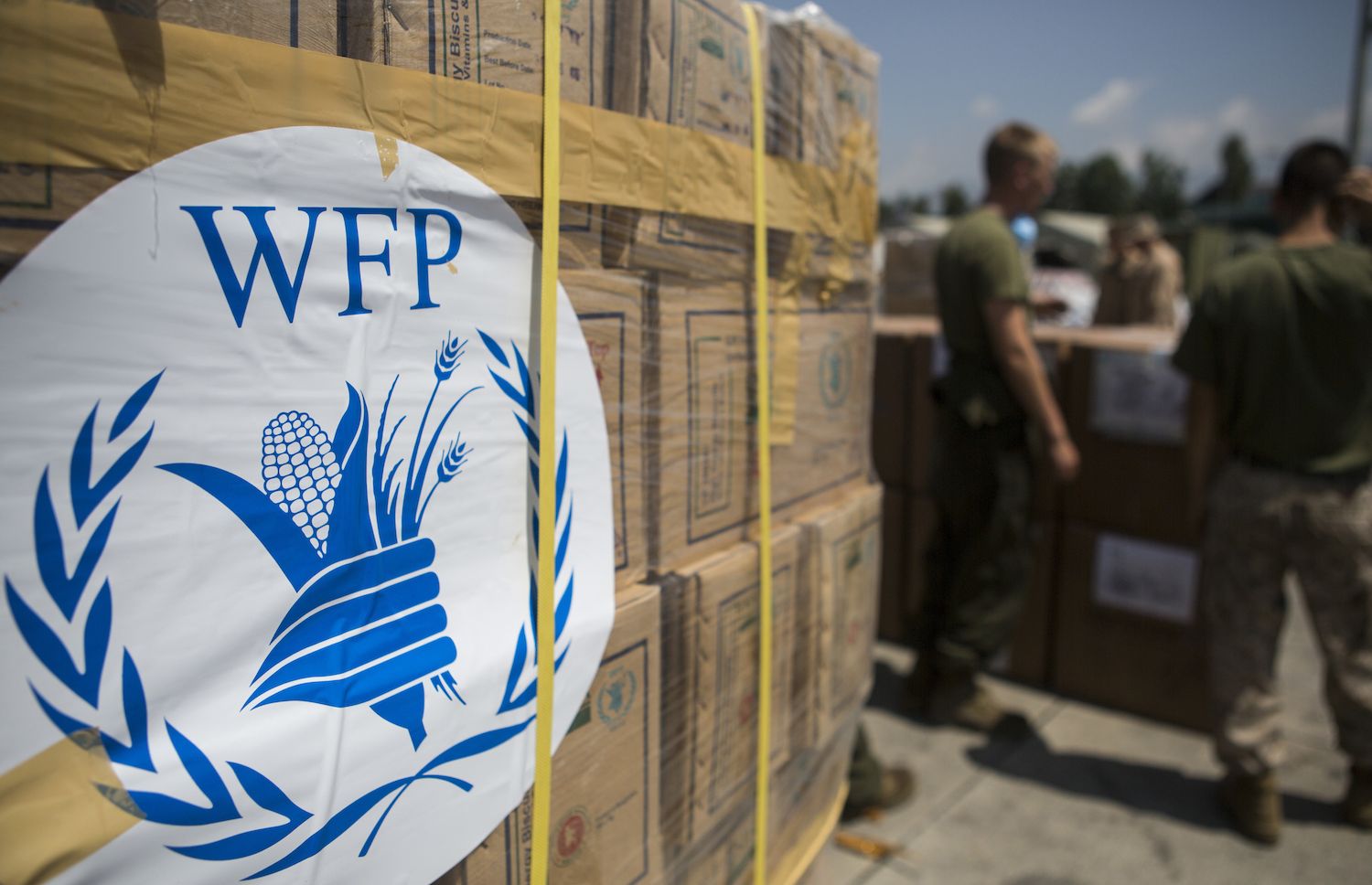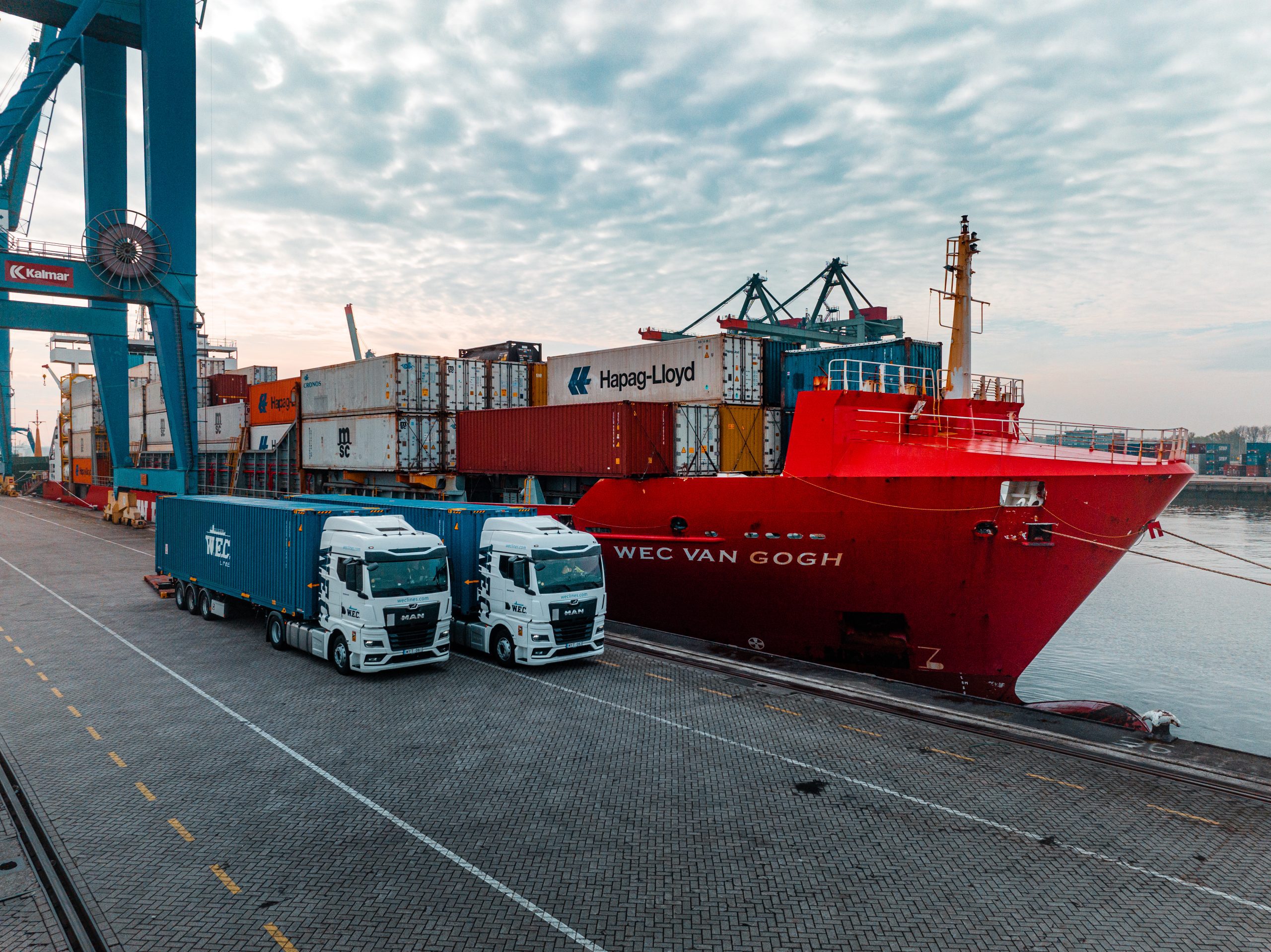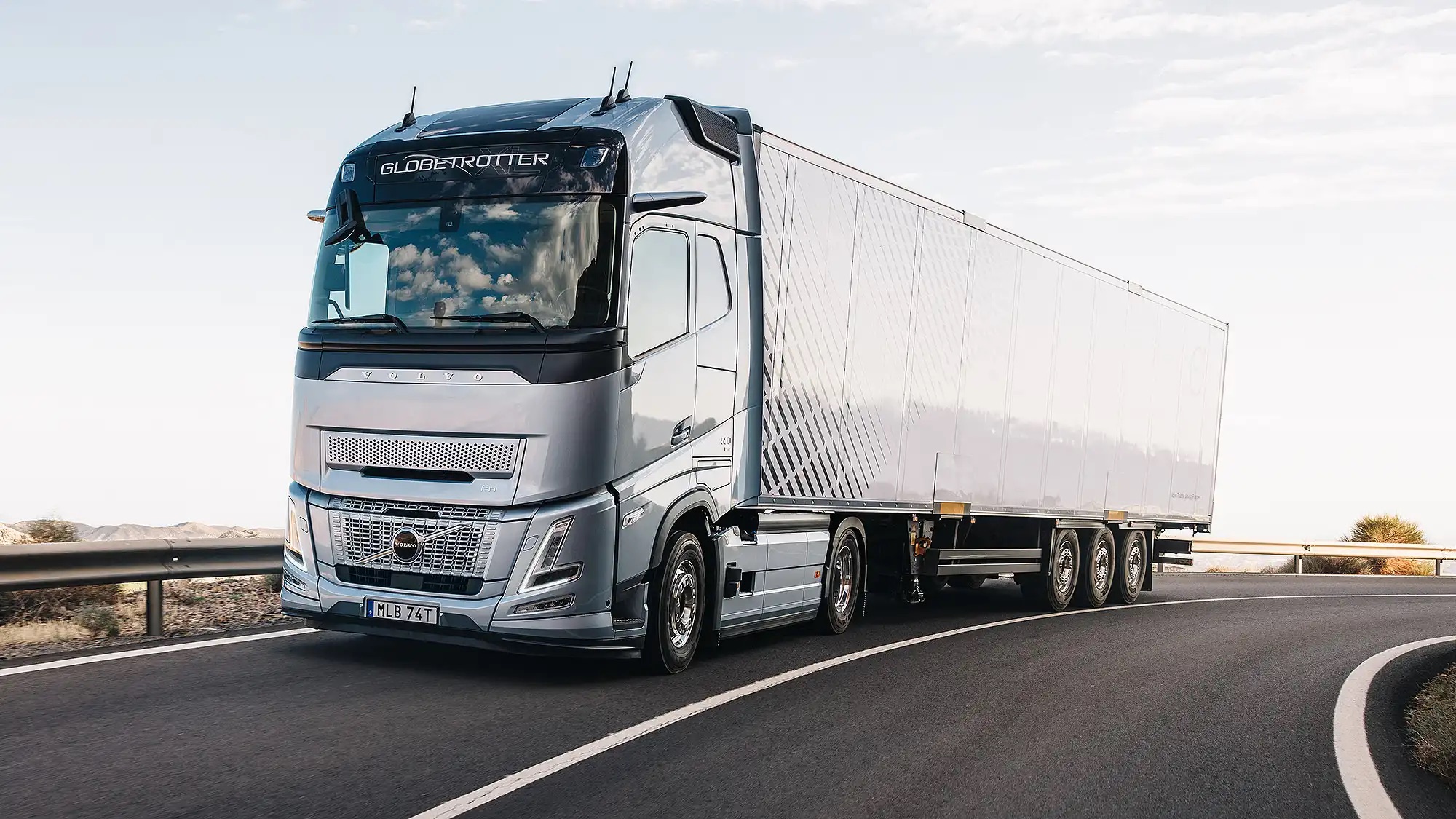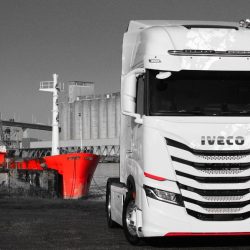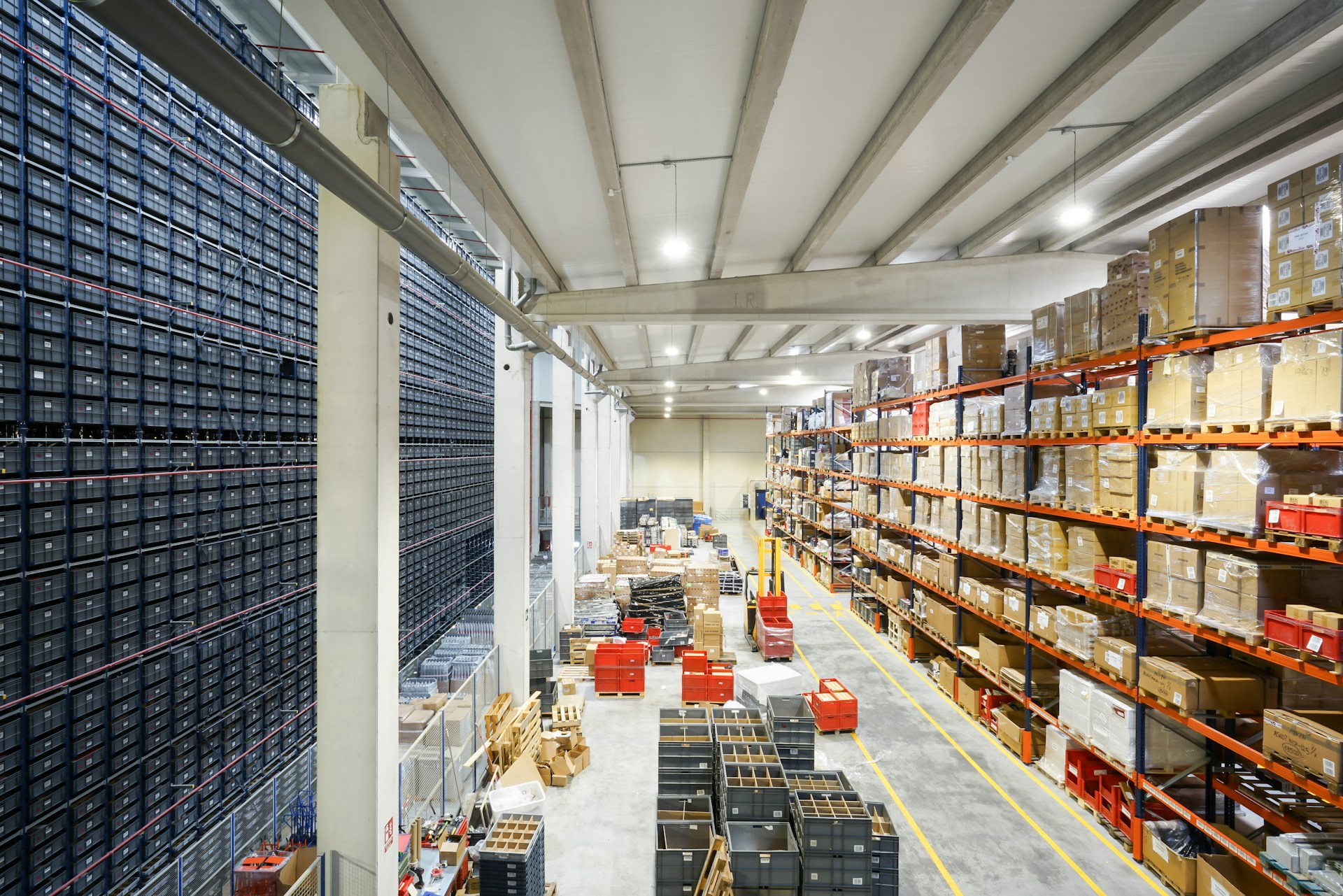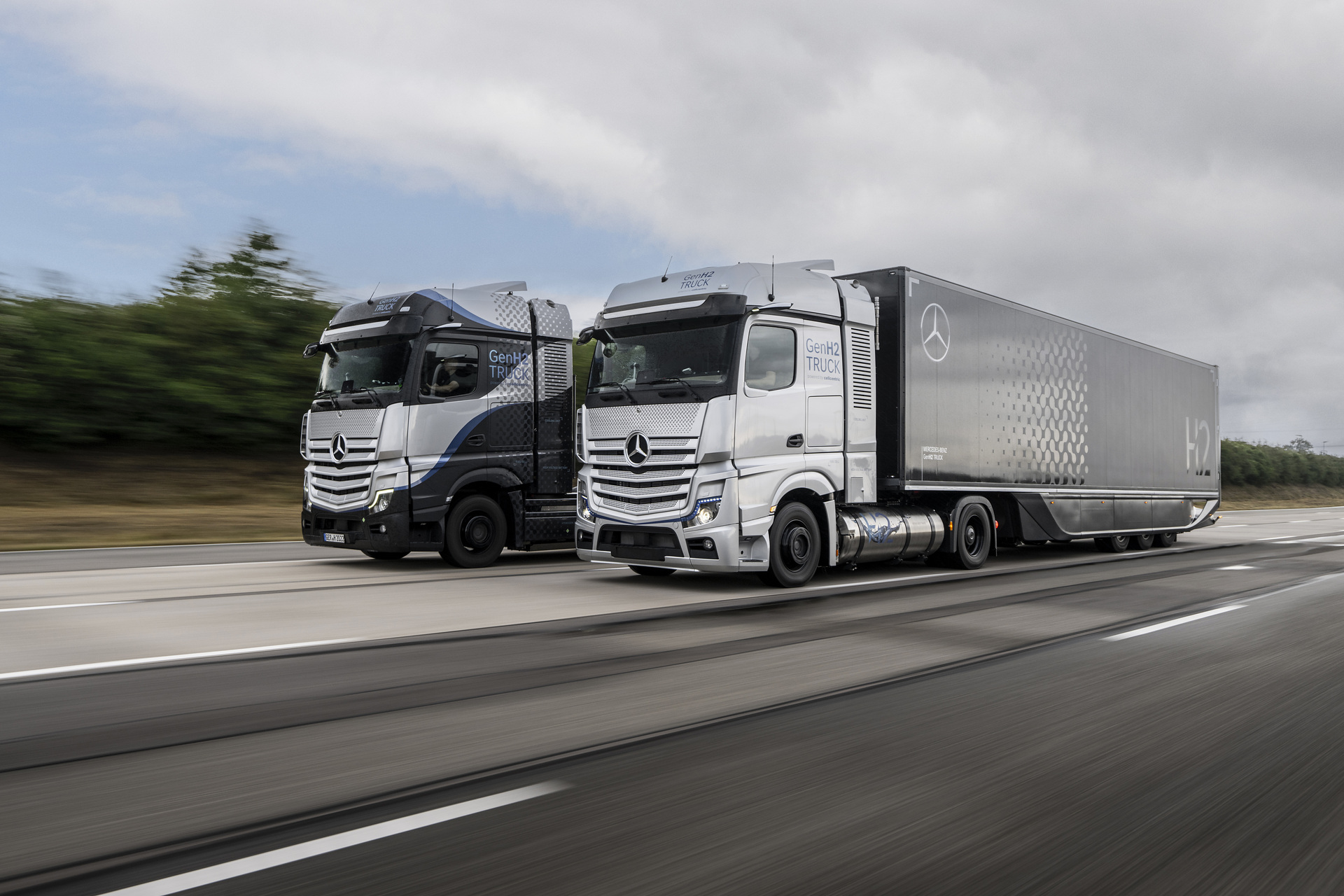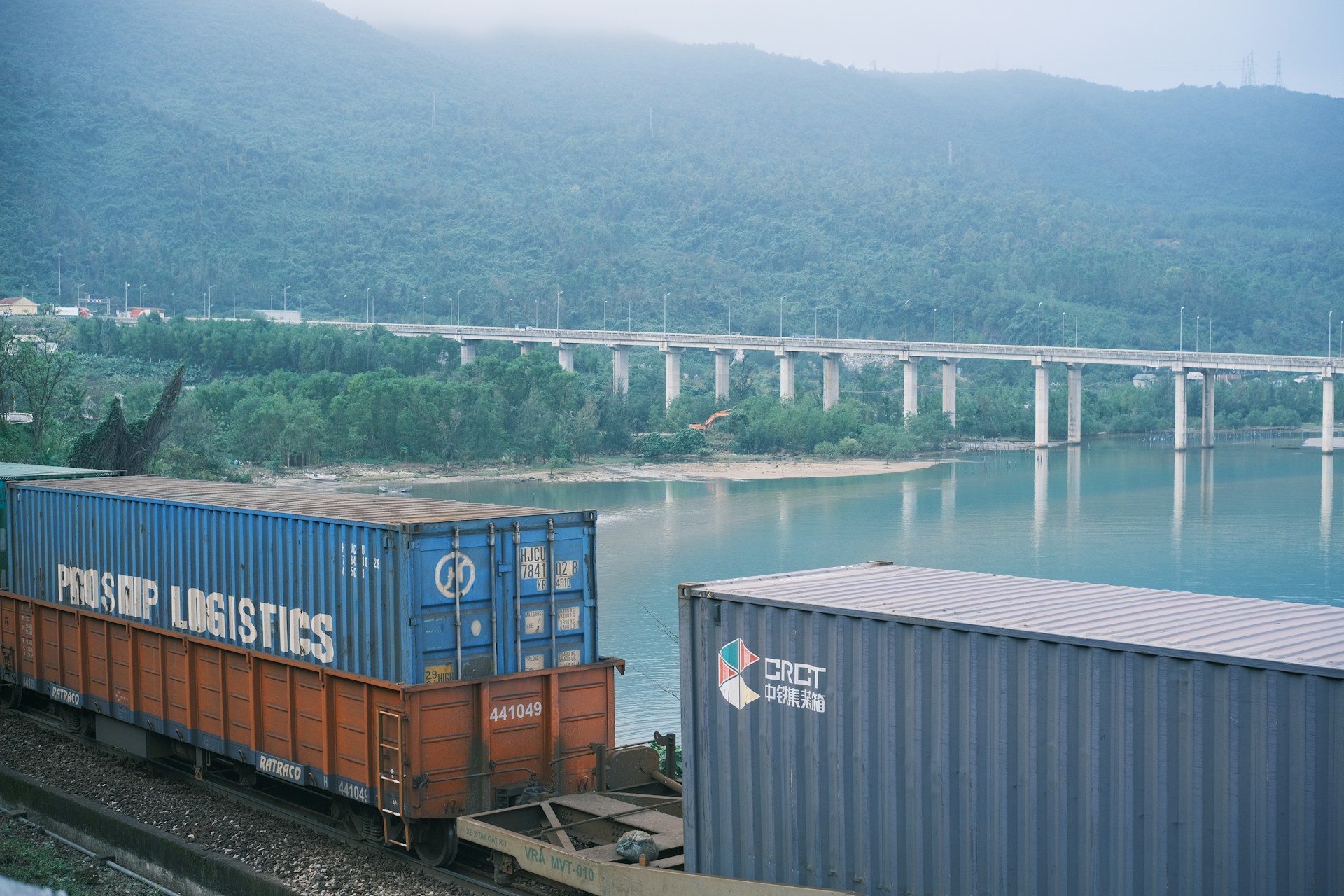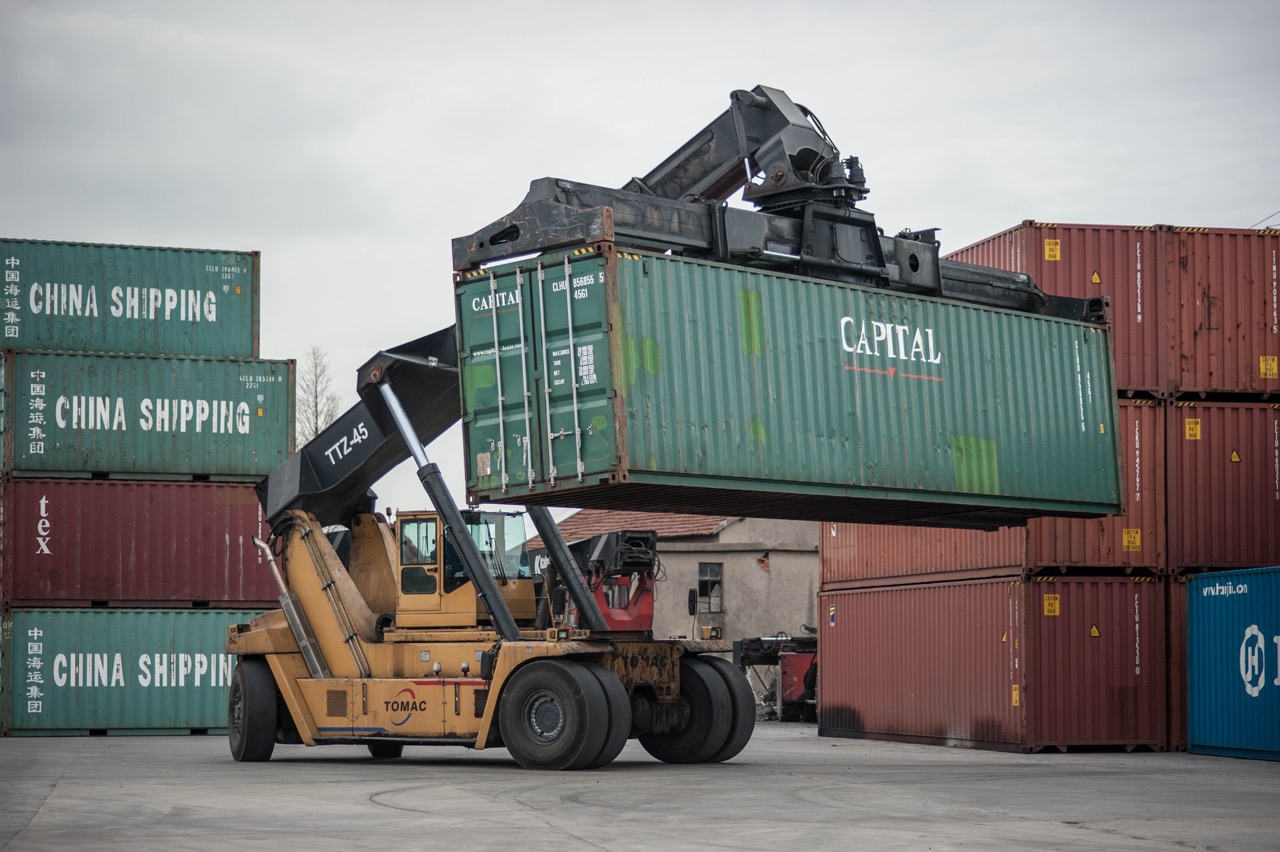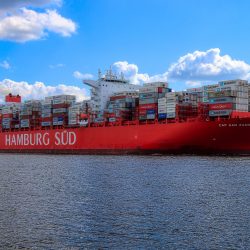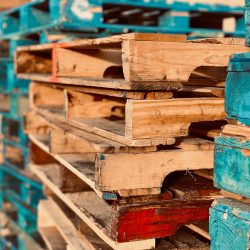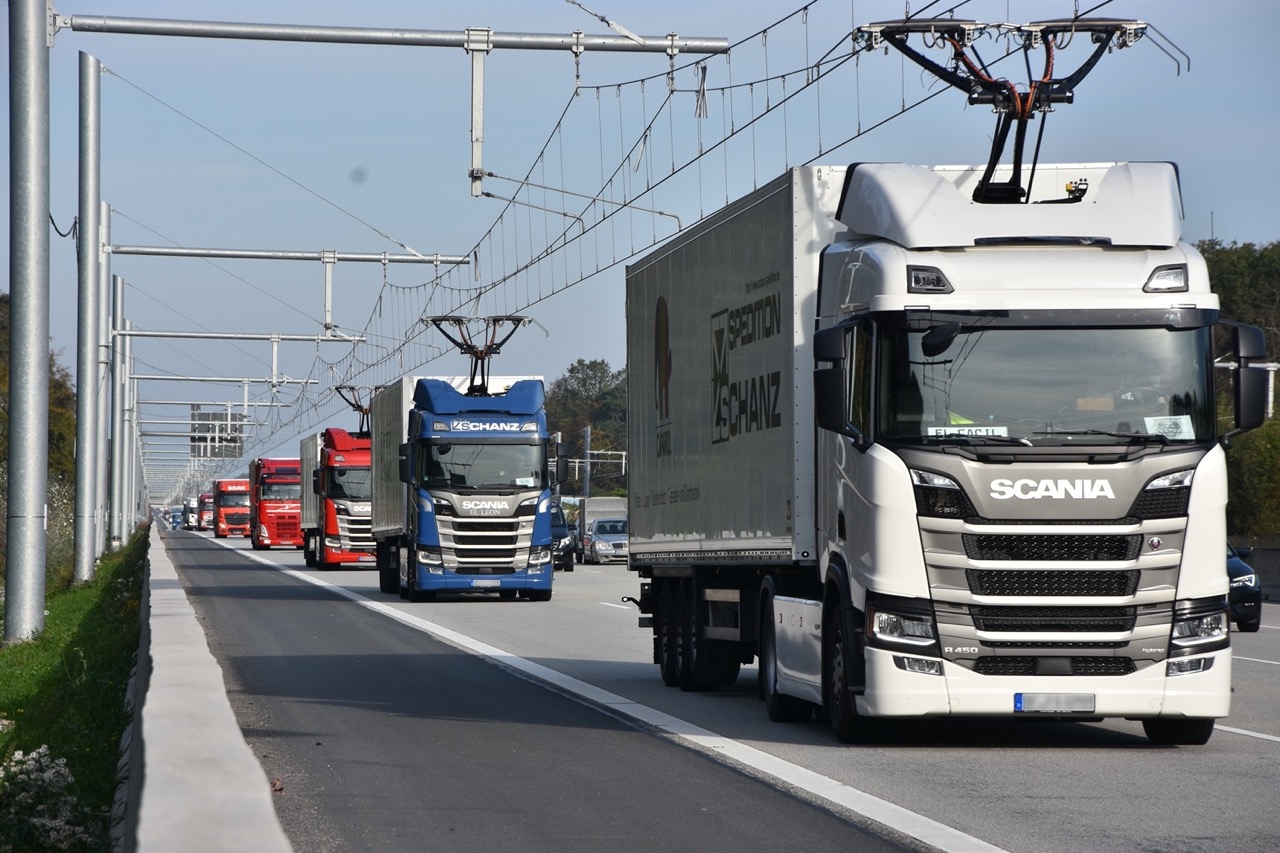How cargo transportation from Europe to Asia may change
Sanctions imposed on several countries have made the most popular logistics routes for cargo transportation from Europe inaccessible. Therefore, operators had to look for new ways to organise transport activities that would replace traditional routes. Lithuanian companies found the best solution.
The closure of traditional routes forced operators to look at the advantages of Central Asian countries. First of all, we are talking about Kazakhstan, Uzbekistan and Kyrgyzstan. The location of these countries makes it possible to organise convenient ways of delivering cargo from Europe to Asia. Lithuanian companies were the first to take advantage of this opportunity, building a route along the coast of the Black and Caspian Seas.
According to the carriers, the main disadvantage of the new route is its cost: the cost of transporting cargo here is almost double that of the traditional routes. On the other hand, the new route would avoid two countries that the European Union and the United States have sanctioned.
The new route of cargo transportation from Europe is still in the stage of development. A special commission is discussing the details. Representatives of government agencies and the commercial logistics sector from Central Asia and Lithuania are involved in coordinating the details.
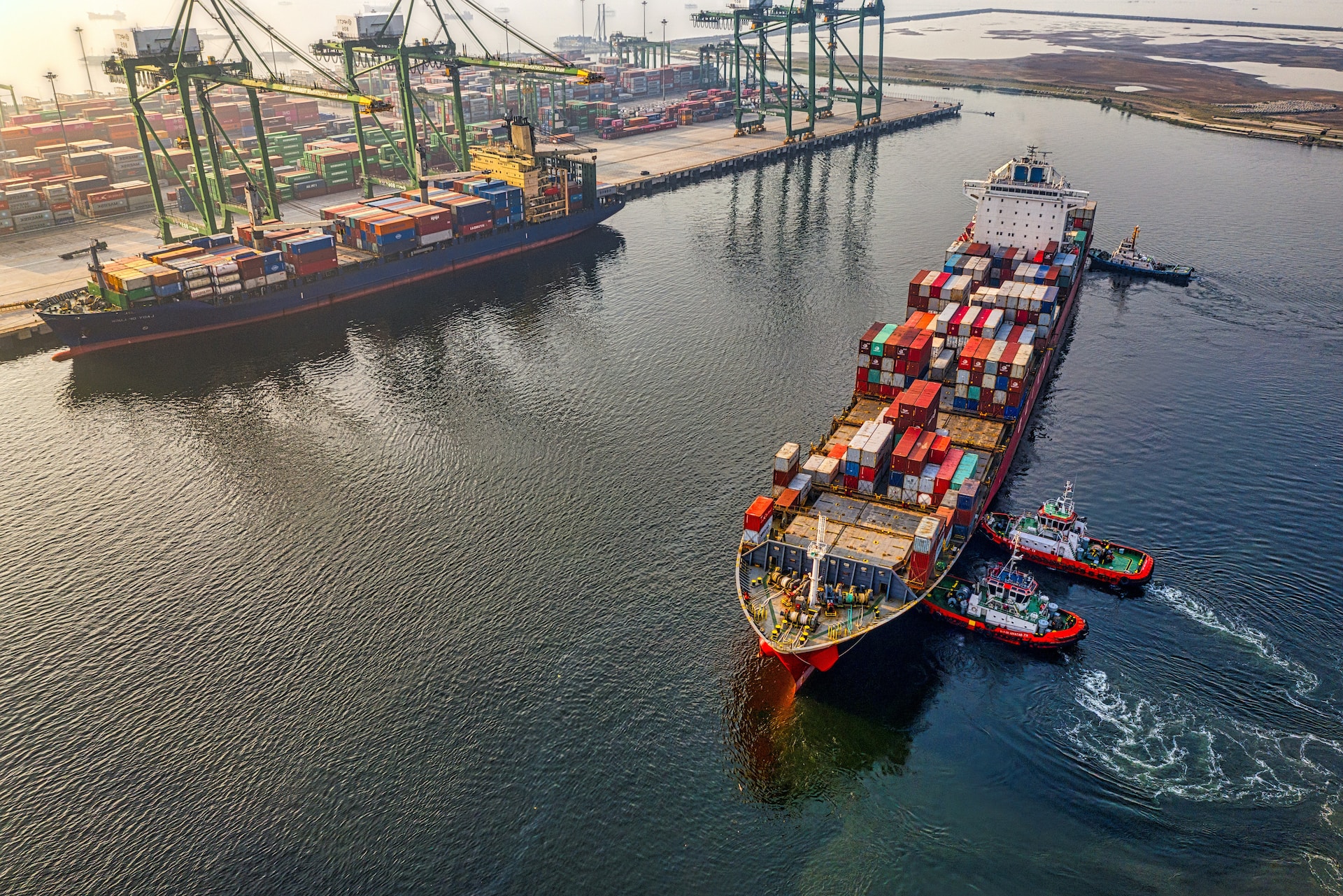
Features of the new route
The proposed route, which would link Europe and Central Asia, would start at ports in Bulgaria and Romania on the western coast of the Black Sea. The cargo will then travel by ferry to Batumi in Georgia and Azerbaijan. On the Caspian Sea, the cargo will travel through Kazakhstan, Turkmenistan and Uzbekistan and from there to East Asian countries.
Andrius Burba, a representative of the Lithuanian Association of Road Carriers, notes that all participants in the transport chain from Europe to Asia understand the disadvantages of the new route. However, traditional transport methods have become unavailable after the geopolitical conflict between European countries. As a result, companies are willing to pay more to continue operating. But it is hoped that, over time, joint efforts will help to optimise costs. This route involves two types of transport: land and sea. Perhaps there will be improvements with time.
Challenges of the new route
In addition to the high price, the new route has other drawbacks that a special commission will have to deal with. Its representatives plan to solve the following problems:
- agree on transport details with Romanian and Bulgarian ports to optimise vessel traffic;
- regulate border crossing mechanisms;
- improve the efficiency of transport along the route.
At the same time, representatives of the logistics sector point to the great potential of the new route. It could be necessary for the development of trade between Europe and Asia.

